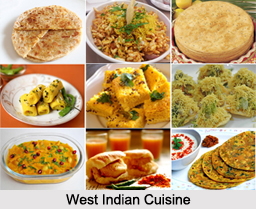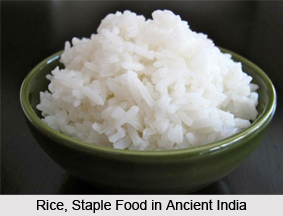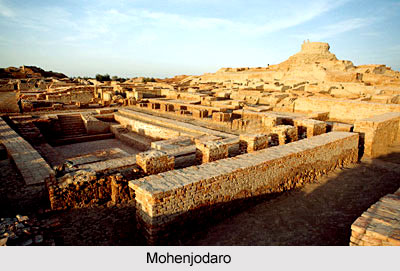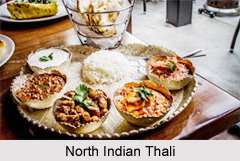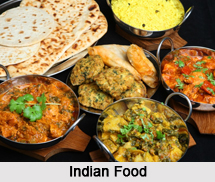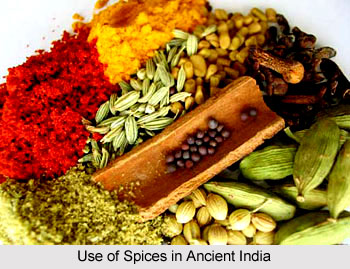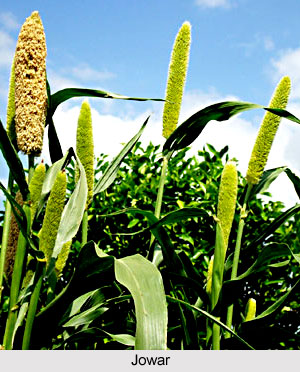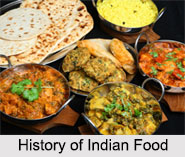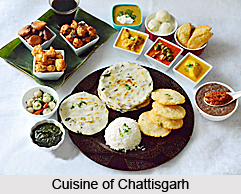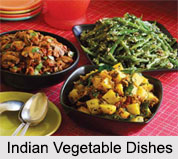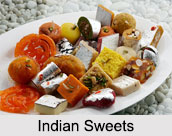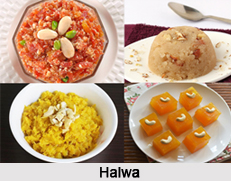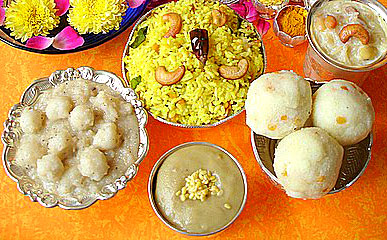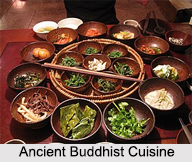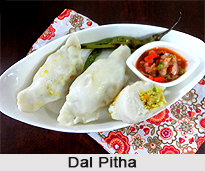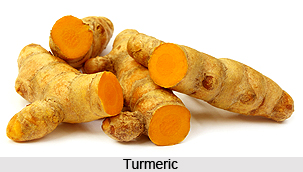 When the plants are in full flower, the crop is cut with a scythe or mower. If flowering tops are to be marketed, the stems attached must be removed before or after drying. Drying is done in the shade in order to preserve the natural color. The yield of the essential oil from the herb is low [0.014 to 0.01 per cent] and hence is not commercially viable.
When the plants are in full flower, the crop is cut with a scythe or mower. If flowering tops are to be marketed, the stems attached must be removed before or after drying. Drying is done in the shade in order to preserve the natural color. The yield of the essential oil from the herb is low [0.014 to 0.01 per cent] and hence is not commercially viable.
Fresh or powdered leaves are used in fish dishes, stuffing or as a substitute for lemons. Fresh leaves are piquant in salads and in summer drinks. Thus the leaves are widely used for culinary flavoring.
Leaves and flowering tops are also used in medicinal preparations and as medicine. The herb is said to possess stomachic, anti-tubercular and anti-pyretic properties; it is used to strengthen gums and removes bad taste from the mouth. The fruit is considered a brain tonic and is useful in hypochondriac conditions. Leaves and stems are also said to be useful in brain, liver and heart diseases and also in bites of venomous insects.
Oil of the herb is reported to be sedative. Distillates can act as mild spasmolytic agents.
The herb is popular in West as a flavoring agent and as a spice, but is not a popular spice in India except locally where it grows. As reported it grows well in wild state in a number of states in India but not yet been fully exploited. It can easily be sold as dry herb; method of drying may be simple, even if a standard drier is used. If its medicinal virtues are exploited well, there is a possibility of diversification of products therefore a number of projects may come up of commercial importance.
Botanical name:Melissa officinalis Linn.
Melissa parviflora Benth.
Family name: Labiatae.
Indian Names:
Hindi:Billilotan
Urdu: Baranjiboya.
English name:Balm; Lemon Balm.
